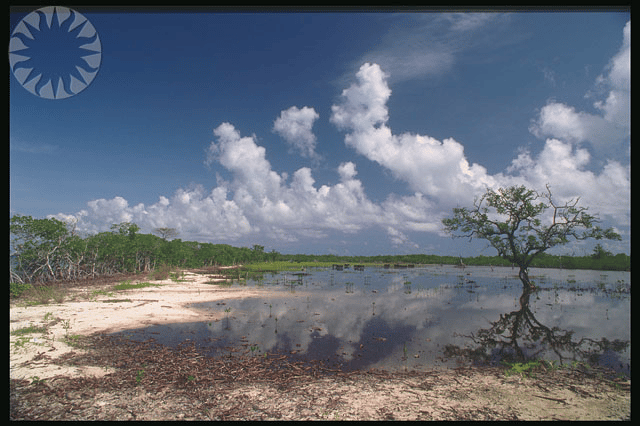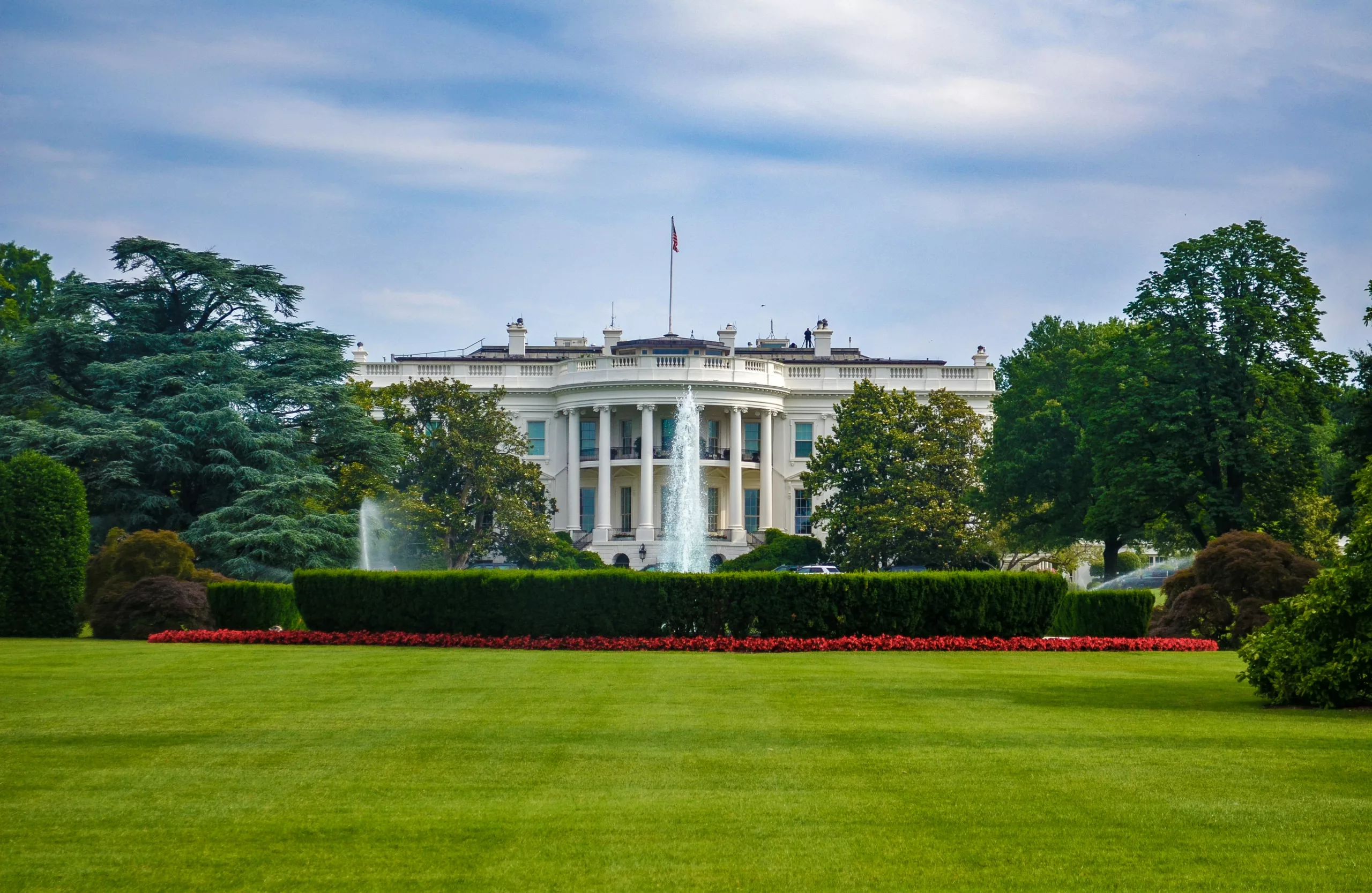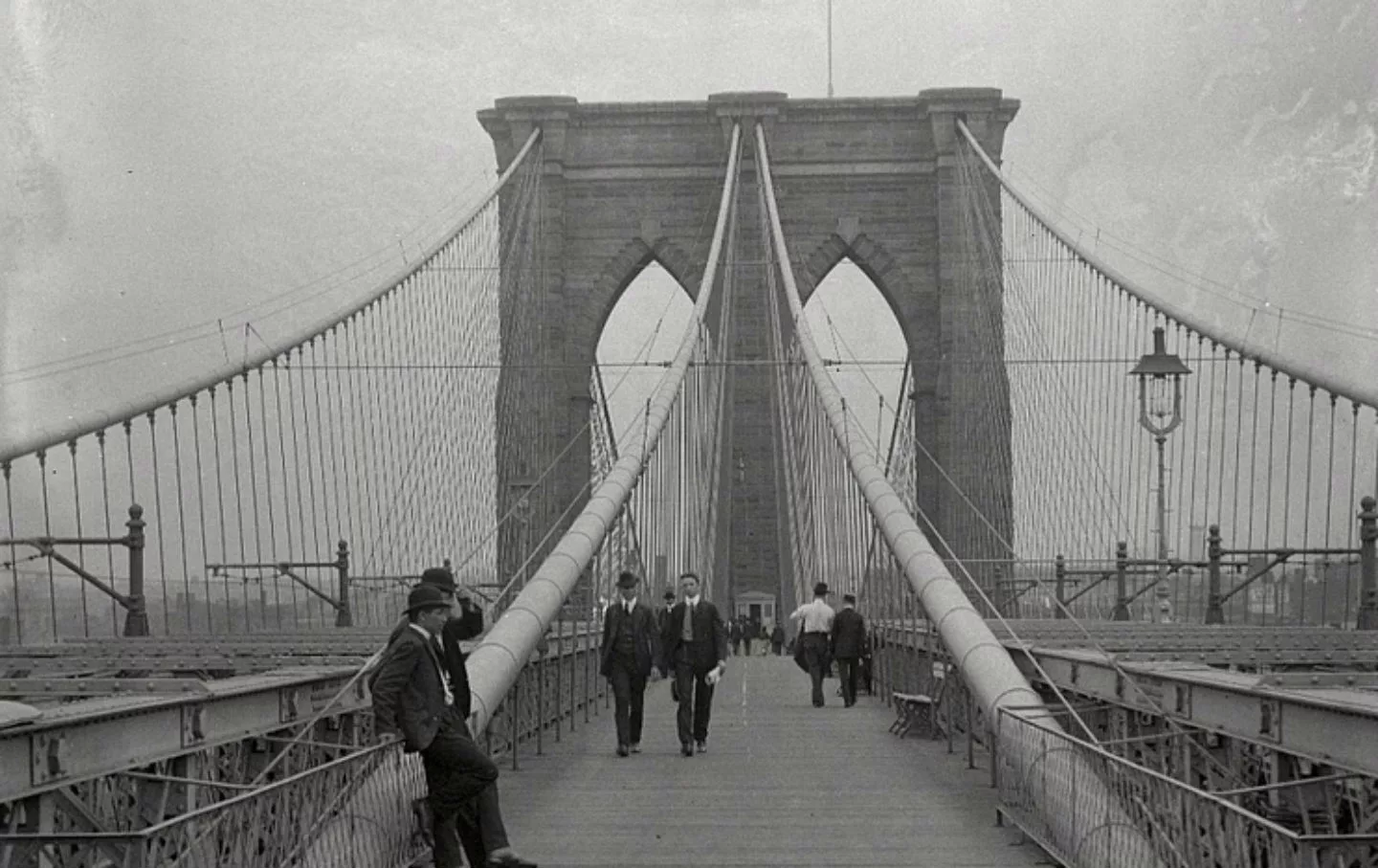When people see the incredible power that is a cyclone, typhoon or hurricane, we typically wonder how we can stop that destructive force from wreaking havoc. While many cities build dikes, dams, and other artificial features, there is actually a natural solution to this problem: Mangroves.
Mangroves are swampy marshlands that are made up of a bunch of trees. They live best in brackish water – the kind of water where fresh and saltwater mix. In coastal areas, these mangroves provide natural protection and infrastructure to lessen the damage caused by extreme weather events.
Are mangroves just too good to be true? Here’s four facts about how mangroves are able to protect coastal cities so well!
How mangrove forests protect coastal cities pic.twitter.com/JT4ptzVFh4
— Historic Vids (@historyinmemes) December 3, 2022
1. Mangroves can reduce damage by up to 90%
The primary way that cyclones and hurricanes cause damage is through storm surges. A storm surge is when the water level rises far above the typical levels. When levels get past a certain amount, rivers, lakes and other bodies of water in the area can flood. The resulting runoff is what spills over into towns and cities, causing damage. So, mangroves act as a barrier to stop the water levels from rising and mitigate the damage. Plus, they are pretty good at it!

2. Mangroves can dissipate energy from a cyclone by up to 90%.
In addition, another study from India in 2005 also supported this claim. In the aftermath of a typhoon that struck numerous villages around Bhitarkanika National Park, researchers found that those villages with mangrove swamps fared much better than those that just had dikes. The researchers found that the property damage suffered by the villages with mangroves was four to five times less than the ones with dams and dikes only.

3. Mangroves stop cyclones by building a natural barrier
The reason mangroves are so effective in stopping inclement weather is because of how they are built. Mangroves have lots of roots, stumps and vegetation. Because of this, tons of silt and minerals get stuck inside. Over time, these deposits build up huge amounts of clay and sand that act like a wall. Though the wall is still porous enough to allow water to flow through, it has to make it around all those obstructions.
4. Water does not have a clear path through a mangrove
Because of this, water loses energy drastically as it moves through a mangrove. This means that whenever a cyclone or hurricane hits, the constant bouncing of the water has to do as it traverses all the obstacles of the mangrove, lessening the force. With less force, there is less storm surge and less damage.

Mangroves are nature’s barrier to protect coastal areas from storms. Their unique makeup, combined with being a habitat for tons of water, land, and airborne species, makes mangroves some of the most vital ecosystems in the world. Because of their natural defense at slowing down water from going inland, these habitats are great ways to protect vulnerable coastal areas from catastrophic storm damage.










